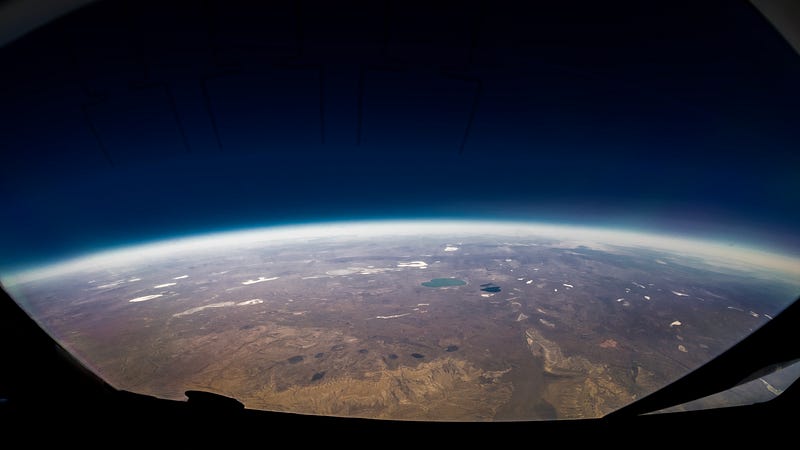Exploring Saturn's Rings: A Cosmic Wonder Unveiled
Written on
The Magnificent Rings of Saturn
Recently, stunning images of the Great Conjunction have been shared, showcasing Saturn's iconic rings captured through advanced astronomical equipment. A few years back, I had the incredible opportunity to gaze through the Lowell Telescope in Flagstaff, Arizona. This historic telescope, famous for its role in discovering Pluto, has been restored for public use (pending the end of the pandemic) and is accessible to high school and undergraduate students for various projects.
When I saw Saturn, it appeared almost unreal, resembling a vivid painting. It was astonishing to think that I was observing something so distant. The most captivating aspect of Saturn is undoubtedly its rings. So, why does Saturn possess these rings while Earth does not?
The Reality of Rings Beyond Saturn
Interestingly, Saturn is not alone in having rings; Jupiter, Uranus, and Neptune also possess them, albeit to a lesser extent. Saturn's rings are visible from Earth with a telescope, while the rings of other gas giants are thinner, dimmer, and require specialized equipment to observe. This suggests that ring systems might be a standard characteristic of gas giants, potentially existing around exoplanets as well. Due to their massive size, gas giants tend to attract a significant amount of material, which can form moons or, in Saturn's case, stunning rings.

What Constitutes Saturn's Rings?
The rings are not solid structures; they are composed primarily of space debris, including ice, rock, and dust. Their composition varies, and one reason for the brightness of Saturn's rings is the high ice content, which effectively reflects light.
How Are the Rings Formed?
Several theories attempt to explain the formation of Saturn's rings. One possibility is that they are remnants of a moon that was destroyed. Another theory posits that they could be a moon that never fully formed. Additionally, the rings may consist of debris ejected from moons due to meteorite impacts and material from comets. Tidal forces play a crucial role in preventing the rings from merging into solid bodies, using gravitational interactions to maintain their structure.
Saturn features multiple rings, with three primary ones identified as A, B, and C, along with a few smaller rings. The E ring is particularly intriguing, as it seems to consist entirely of material released from the moon Enceladus. Does this offer clues about the formation of rings?

Why Earth Lacks a Ring System
Several factors explain why Earth does not have a ring system. For one, we are too close to the sun for ice particles to persist; solar radiation causes them to sublimate. Our solar system contains a frost line, and Earth lies well inside it. The only reason Earth's water remains is due to our protective magnetosphere, while Mars, lacking one, has lost most of its water.
Moreover, Earth's smaller size makes it unable to sustain a stable ring system. All material coalesced into the moon. A ring system around a small planet like Earth would lead to a catastrophic meteorite bombardment, making the planet uninhabitable. Thus, we are fortunate to have the moon instead.
The existence of ring systems is visually stunning and likely common throughout the universe. Perhaps one day, we will observe the ring system of a large exoplanet, confirming that such features exist elsewhere.
This video explores why Saturn has its beautiful rings, delving into the science behind their formation and composition.
In this video, we learn more about the ring systems of gas giants and what makes Saturn stand out in our solar system.